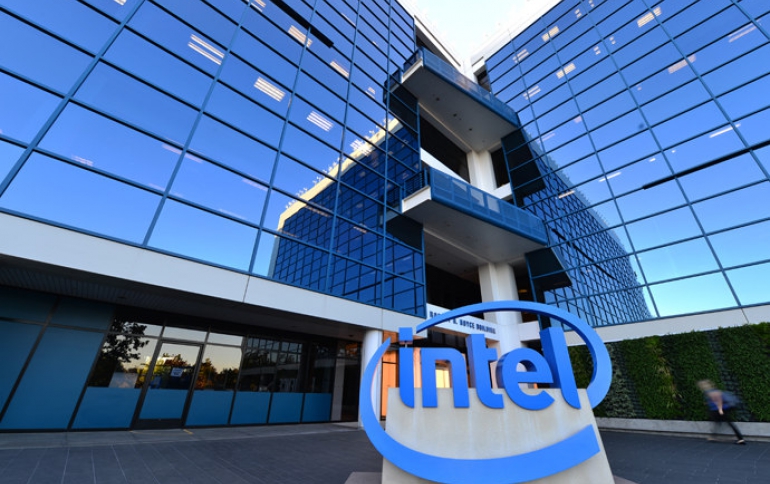
Intel Executive Says That EUV-Enabled 7nm Process Chip Technology Is On Track
Although we have not yest seen an actual Intel chip made using a 10nm process, Intel says that the lessons learned from the 10nm process technology issues will help the company kiump to the more advanced 7nm process soon.
Intel originally planned to start mass producing its first 10nm chips in the second half of 2016. But the company has had some challenges on the manufacturing side in terms of getting its 10nm out into the market per the original schedule. Intel’s 10nm manufacturing tech relies exclusively on deep ultraviolet lithography (DUVL). To enable the fine feature sizes that Intel set out to achieve on 10nm, the process had to make heavy usage of mutli-patterning. According to Intel, a problem of the process was its heavy usage of multipatterning. Both 14nm and 10nm were about double patterning and quad patterning in the absence of EUV. Intel's current plan is to deliver its 10nm chips later in 2019/ These will be client CPUs, with datacenter products following on later.
Moving on, Intel may be jump to a 7nm tech sooner than expected.
During the Nasdaq 39th Investor Conference call on December 4, Murthy Renduchintala - Chief Engineering Officer and Group President, Technology, Systems Architecture and Client Group, Intel, said:
" Well, 7 nanometers for us is a separate team and a largely separate effort. And we are quite pleased with our progress on 7, in fact very pleased with our progress on 7, and I think that we have taken a lot of lessons out of the 10-nanometer experience as we defined that and defined a different optimization point between transistor density, power and performance and schedule predictability.
So, we are going back to more like a 2x scaling factor when we get back to 7 and then really moving forward with that goal. So we are very, very focused on getting 7 out according to our original internal plans."
With the 7nm process, Intel will get EUV back into the manufacturing matrix, and therefore, that will give the company a degree of back to the traditional Moore’s Law cadence.





















